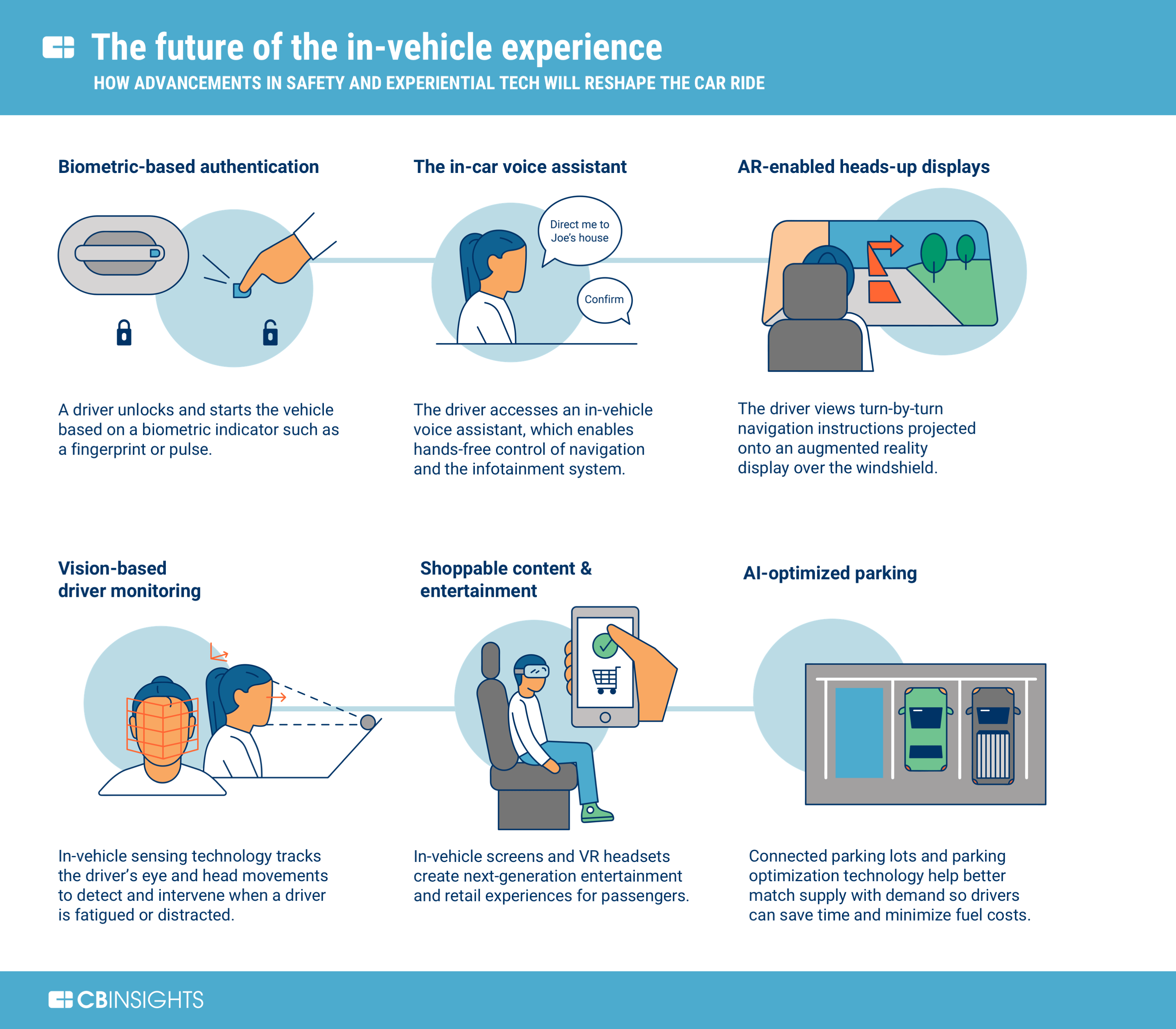Nti driver download. Seniors are safe drivers compared to other age groups, since they often reduce risk of injury by wearing safety belts, observing speed limits, and not drinking and driving. However, they are more likely to be injured or killed in traffic crashes due to age-related vulnerabilities, such as more fragile bones. Medical conditions like heart disease, diabetes and other illnesses also make it more difficult for older drivers to recover from any injuries. With the exception of teen drivers, seniors have the highest crash death rate per mile driven, even though they drive fewer miles than younger people.
Although Americans are healthier and living longer than ever before, seniors are outliving their ability to drive safely by an average of 7 to 10 years. Radsys laptops & desktops driver download for windows 10. Most older drivers recognize and avoid situations where their limitations put them at risk. Pb_nec laptops & desktops driver download for windows. They drive less after dark, during rush hour or in bad weather, and avoid difficult roads such as highways and intersections.
Research In Motion Others Driver Jobs

Research In Progress (RiP) Research Needs Statements (RNS) TRID (A Transportation Research Database) Transportation Research Thesaurus (TRT) SHRP 2 Naturalistic Driving Study Data Access; Online Directory; Library; Research Funding; Careers in Motion Job Center; Provide Feedback. The visionary research vehicle was born, a vehicle which raises comfort and luxury to a new level by offering a maximum of space and a lounge character on the inside. Every facet of the F 015 Luxury in Motion is the utmost reflection of the Mercedes way of interpreting the terms “modern luxury”, emotion and intelligence.
Here are more key facts about senior drivers:
Research In Motion Others Driver License Test
- Fifty percent of the middle-aged population and 80 percent of people in their 70s suffer from arthritis, crippling inflammation of the joints, which makes turning, flexing and twisting painful.1
- Weaker muscles, reduced flexibility and limited range of motion restrict senior drivers’ ability to grip and turn the steering wheel, press the accelerator or brake, or reach to open doors and windows.1
- More than 75 percent of drivers age 65 or older report using one or more medications, but less than one-third acknowledged awareness of the potential impact of the medications on driving performance.2
- Per mile traveled, fatal crash rates increase beginning at age 75 and rise sharply after age 80. This is mainly due to increased risk of injury and medical complications, rather than an increased tendency to get into crashes.3
- Since older drivers are more fragile, their fatality rates are 17 times higher than those of 25- to 64-year-olds.1
- In 2009, 33 million licensed drivers were over age 65 – a 20 percent increase from 1999. And by the year 2030, 70 million Americans in the U.S. will be over age 65 – and 85 to 90 percent of them will be licensed to drive.4
- In 2014, nearly 5,709 senior drivers were killed and 221,000 were injured in traffic crashes.5
- In 2009, more than 58 percent of deaths in crashes involving drivers over age 65 were older drivers themselves and 12 percent were their passengers. Twenty-eight percent of these deaths were occupants of other vehicles, bicyclists and pedestrians.3 By comparison, in the same year 40 percent of deaths in crashes involving at least one driver younger than age 21 were attributed to the younger drivers themselves and 23 percent were their passengers. Thirty-six percent were occupants of other vehicles, bicyclists and pedestrians.3
